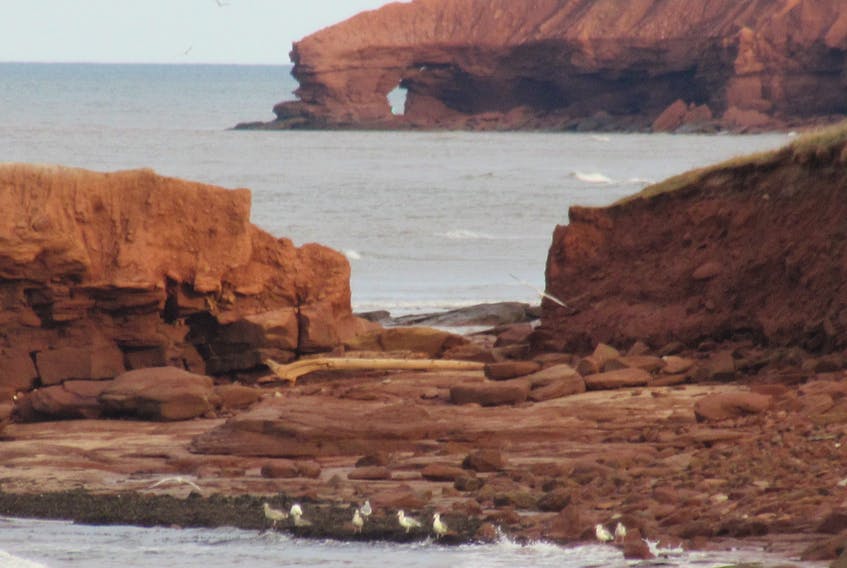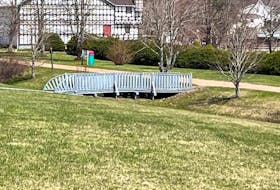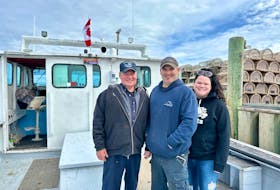CAVENDISH, P.E.I. — Parks Canada says there doesn’t appear to be any new erosion at one of its more prominent coastal sites in the Cavendish area.
An editor with The Guardian recently photographed MacKenzie’s Brook, a few kilometres east of the entrance to the P.E.I. National Park in Cavendish.
So, The Guardian sent the photo off to Parks Canada for some analysis to see if last month’s post-tropical Dorian storm had caused some new damage to MacKenzie’s Brook.
“Parks Canada is continuing to assess the effects of Dorian throughout the P.E.I. National Park and has not yet measured the effects of Dorian in this particular area to date,’’ Parks Canada said in a statement emailed to The Guardian on Tuesday.
However, experts with Parks Canada who looked at the photograph said it does not indicate new erosion happening in that location.
A natural balance of sediment removal and supply results in a relatively stable shoreline position. If the sediment budget is not balanced, shoreline areas are prone to erosion or accretion.
Coastal erosion is the process that wears away the shoreline material, causing the coastline to retreat inland.
The susceptibility of a shoreline to erosion depends on its composition and exposure to coastal processes, Parks Canada said.
“The formation of the ‘sea arch’ (pictured in the photograph) at MacKenzie’s Brook has been monitored over the last two to three years, starting as just a small hole.’’
What is known is that in places where erosion that occurred during Dorian that was recorded, the measure of erosion was at least equal and sometimes several times greater than what would be expected over the course of a typical year.
“In areas where the direct impacts of Dorian were observed, it was determined that the storm event caused erosion of between one and three meters.’’
Parks Canada said it monitors the annual rate of coastal erosion throughout the P.E.I. National Park.
At present, the agency is developing a protocol to better keep track of the ecological relevance of extreme weather events by standardizing its approach to monitor these events.
“This protocol will help us clarify what extent of ecological change can be attributed to specific extreme weather events and allow us to better track how ecosystems are changing in the P.E.I. National Park,’’ the statement said.
In managing national parks, Parks Canada maintains or restores ecological integrity. The agency said it takes its mandate to protect ecological integrity very seriously and is among the few national parks systems in the world that have a system-wide ecological integrity monitoring and reporting program consisting of more than 700 independent scientific measures that inform park-specific priorities and guide investments in conservation.









